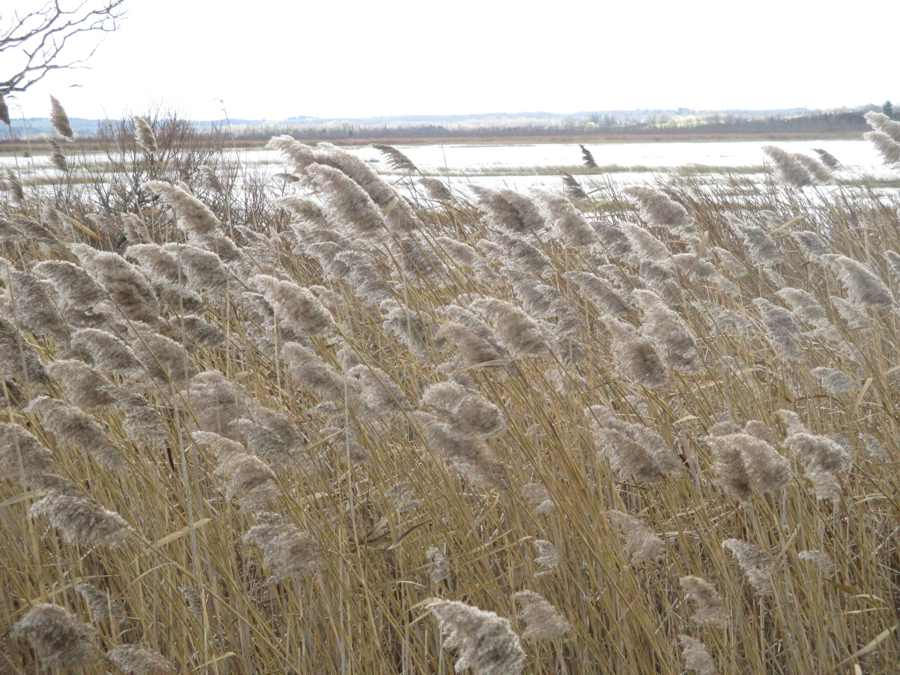Spring Safety Message: Be Careful Around Waterways
- mbreems8
- Mar 8, 2024
- 2 min read
Central Lake Ontario Conservation Authority (CLOCA) reminds residents of dangers that can exist near streams, rivers, ponds, and lakes. As spring approaches with warmer temperatures, rain, melting snow and shifting ice can contribute to higher, faster flowing water in local watercourses.
CLOCA’s watershed received a lower-than-normal snowfall this winter. In addition, periods of warm temperatures in January and February resulted in an early snowmelt. The ground within our watershed remains saturated in many places. During periods of intense rain, there could be higher amounts of runoff in short intervals. Slippery, unstable streambanks, and extremely cold-water temperatures can lead to hazardous conditions close to waterbodies.
CLOCA is reminding residents to practice spring safety and remember the following tips:
Riverbanks can become unstable in the spring due to snowmelt and erosion.
Keep family and pets away from the surfaces and edges of all bodies of water to prevent falling through or into cold and fast flowing water.
Avoid recreational activities in or around water bodies, especially near ice-covered rivers and streams at this time of year.
Do not attempt to walk, skate or drive on ice-covered bodies of water.
Never drive through flooded roads or fast-moving water.
If you live next to a river or stream, move patio furniture or other objects away from the water’s edge to avoid losing them during potential spring high water.
Rescuing another person or a pet from icy or fast flowing water is dangerous. If you see someone has fallen in a body of water, call 911 for help immediately.
CLOCA continuously monitors the watersheds in its jurisdiction for potential flooding, through the Flood Forecasting and Warning Program, and will continue to monitor watershed conditions throughout the transition to spring.
Spring Lake Ontario Water Levels:
Seasonal rise in water levels occur in the spring in Lake Ontario due to the runoff from all the river systems that drain into it. The greatest risk occurs when elevated water levels occur together with wave action from high winds. Impacts can include shortened beaches, flooding of low-lying areas adjacent to the lake, as well as erosion to trails and other public spaces.
To find out more about the water level forecast for Lake Ontario, see the International Lake Ontario - St. Lawrence River Board website link below:
For more information, contact your local Conservation Authority.





Comments